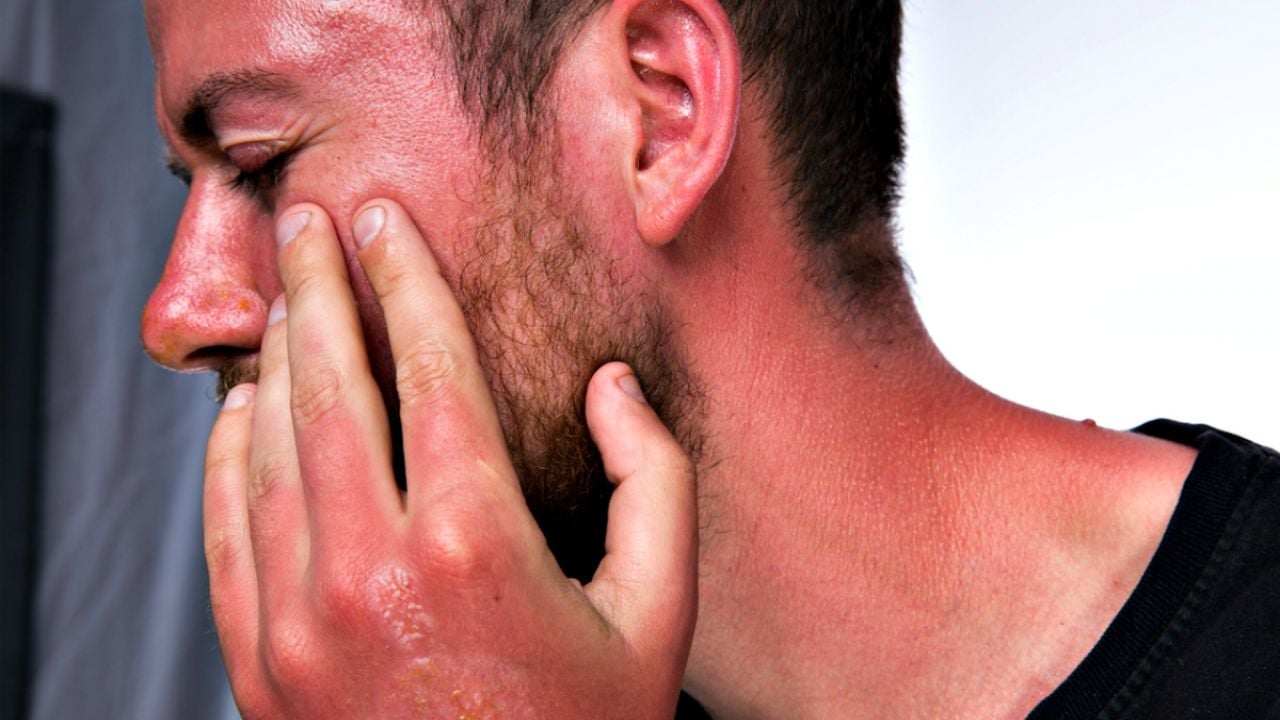
For the avid do-it-yourselfer looking for a natural source of skin protection, trying to make your own sunscreen might seem like a great idea. Sunscreen-grade zinc oxide is available for purchase on Amazon and there are lots of recipes readily available online.
What could possibly go wrong?
Plenty.
EWG’s 11 years studying sunscreen have taught us that making an effective and usable natural sunscreen isn’t as simple as mixing up ingredients in a Mason jar.
To be effective, mineral sunscreens need ingredients that hold zinc oxide or titanium dioxide in a suspension to provide an even coating on the skin. Without careful formulation, the mineral ingredients can settle or clump, leaving gaps in skin coverage.
On her blog, Realize Beauty, professional cosmetic chemist Amanda Foxon-Hill describes how she made batches of sunscreen with zinc oxide, shea butter and other ingredients, and then had them tested at a lab. The mixtures she thought would come out at SPF 30 ended up at SPF 12. The one she thought would be SPF 35 came out at SPF 8.
“Epic failures all,” she wrote, “and what was worse was that this was all my own work.”
Besides the ineffectiveness of the final product, making your own mineral sunscreen could be hazardous. Nanoparticle zinc and titanium may pose health risks if inhaled.
The idea that coconut oil and other natural oils are effective sunscreens is also floating around DIY blogs. In reality, they only block about 20 percent of UV rays.
With homemade sunscreens, you don’t know what level SPF you’ll get. You don’t know if it will stay on. And the active ingredients are dangerous if inhaled.
Looking for a safe, natural sunscreen? Check out EWG’s 2017 Guide to Sunscreen. And as Foxon-Hill advised her readers, wear “a nice big hat.”



